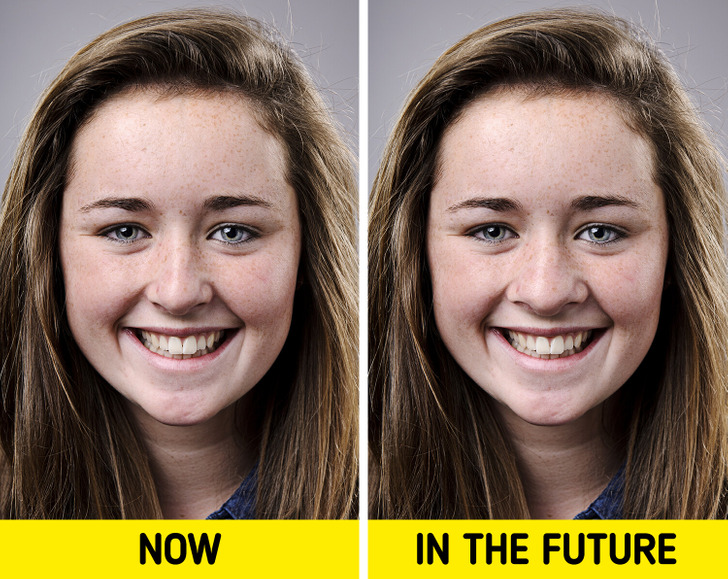“She Could Be Wearing a Wig,” Princess Catherine’s New Appearance Caused a Stir

Because of the changes that evolution has made to our bodies, giving birth actually causes pain. Humans have evolved over the course of approximately 6 million years, but those changes did not make us flawless; in fact, you may be surprised to learn that some of our bodies’ structural defects date back to that time.

A high-tech future may bring some changes in human bodies, researchers guesstimate. Besides tech neck, people may end up with a second set of eyelids. They could help to filter out excess light from our technology devices. The inner eyelid could get bigger to block incoming blue, green, yellow, or red light.

Humans have tiny pelvic openings, but babies have huge heads. This indicates that the head must fit very tightly into the birth canal, which makes giving birth extremely uncomfortable.
Our hips would become larger as a result of having a wider pelvic bone, which would make walking more difficult and less painful overall. An alternative would be to give birth through the belly button, which would entail having the baby emerge close to the navel.

Climate change could lead to humans growing webbed feet and bigger toes. It could happen in the case of a “water world” if sea levels rise.

Male nipples are useless — in fact, the small bit of tissue behind them can be a target for cancer. Men have nipples most likely because they’re leftover from what they developed in the womb. The nipples are formed before the gender is. In order for males to be born without nipples, the gender would have to be determined before they grew in the womb.

You’d be surprised to discover that fingernails have another important use. They work to tell you about certain health conditions. Without them, it would be harder for us all to tell if we’re ill immediately.
For example, peeling nails may signal there’s an iron deficiency in your body. Or horizontal ridges on the nails might indicate you don’t have enough zinc.

Research indicates that our evolutionary past is the reason behind the 65 million Americans who have experienced back pain, even if only once. The spine’s ideal curvature ensured that the organs were positioned comfortably when we walked on our hands and feet. Thus, there was no pressure applied to the back.
But since we can now stand on two feet, the spine has to bend to accommodate the organs and provide support. We ought to resume walking on all fours in order to alleviate our back pain.

We have too many bones (26) in each of our feet, which makes them prone to pain and injury. This is because our ape-like ancestors needed them to grab and hold onto branches. However, right now, we don’t need them for that.
We should have ostrich feet, which have fewer bones. What you see on an ostrich is not backward knees, but rather, ankle joints. This makes their feet less prone to injury and helps them run fast.

Some data suggests some teenagers have overdeveloped thumbs. That’s because they play too many video games. Their thumb muscles have adapted because they’ve been used a lot, but this is not a genetic trait. One person may have a larger thumb, but they won’t pass it on to future generations.
The majority of mammals, including humans, only have two sets of teeth: baby and adult. However, given how quickly they can degrade and how much we spend on them, they are undoubtedly a defective bodily component. Teeth would be necessary for certain functions. Molar teeth were used for plants, and canine teeth were used for meat in the past.
It would hurt if our bodies began to grow new teeth, though. Perhaps it would be better with kangaroo teeth. This is due to the fact that when their teeth become worn down, they fall out and are replaced, causing the back teeth to move forward.

Our bodies are full of surprises and they often do things we didn’t know were possible. Some people are even born with unique features that seem out of this planet. Maybe you have a few rare features too.











